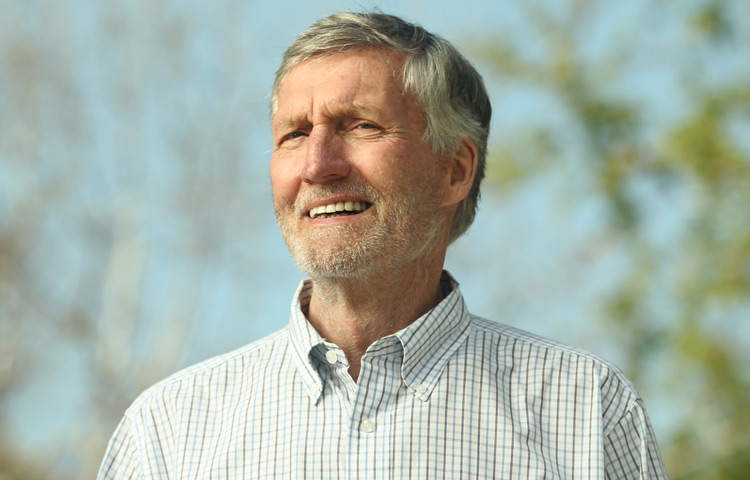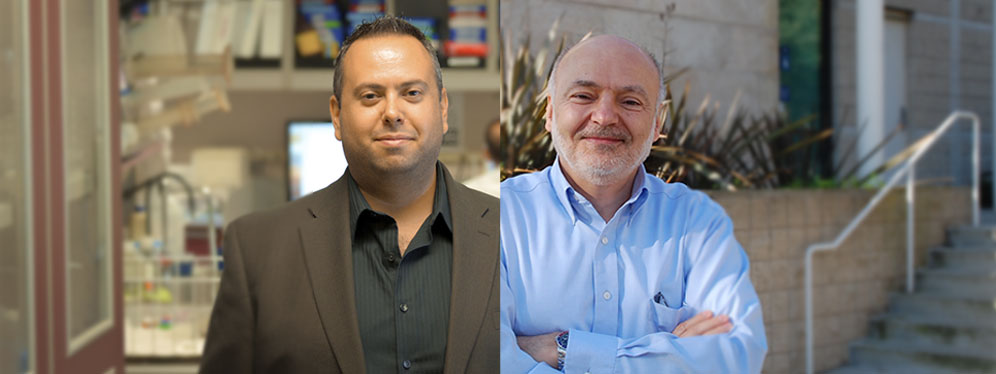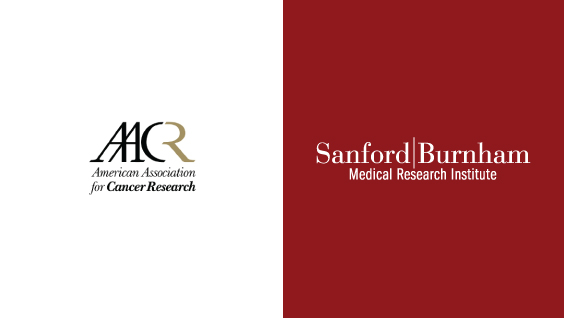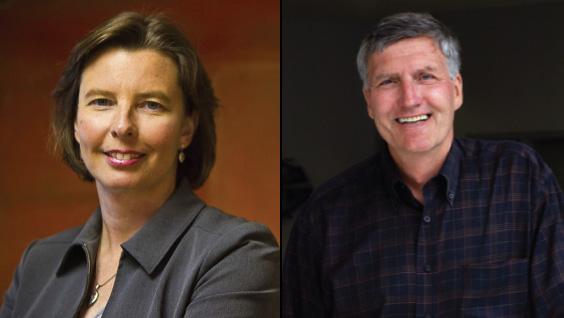The American Association for Cancer Research (AACR) has elected Distinguished Professor Emeritus Erkki Ruoslahti, MD PhD, to its 2023 class of Fellows of the AACR Academy. The mission of the AACR Academy is to recognize and honor distinguished scientists whose scientific contributions have propelled significant innovation and progress against cancer.
Fellows of the AACR Academy serve as a global brain trust of top contributors to cancer science and medicine who help advance the mission of the AACR to prevent and cure all cancers through research, education, communication, collaboration, science policy and advocacy, and funding for cancer research.
All Fellows are nominated and elected through an annual, multi-step peer review process that involves a rigorous assessment of each candidate’s scientific accomplishments in cancer research and cancer-related sciences. Only individuals whose work has had a significant and enduring impact on cancer research are considered for election and induction into the AACR Academy.
“We are proud to announce the election of 23 new Fellows of the AACR Academy. These individuals from across the world have all made significant and groundbreaking contributions to cancer research,” said Margaret Foti, Ph.D, M.D (hc), chief executive officer of the AACR. “The 2023 class of Fellows includes pioneers from numerous scientific disciplines who have collectively shaped our understanding and treatment of cancer. We are deeply honored to have them join our 289 existing Fellows and look forward to celebrating their extraordinary scientific achievements at our upcoming Annual Meeting.”
Erkki Ruoslahti, MD, PhD
Ruoslahti was elected for his paramount discoveries involving the mechanisms of cellular adhesion; for the co-discovery of fibronectin, the discovery of the fibronectin RGD cell attachment sequence, homing peptides, and tumor-penetrating peptides; and for the development of therapeutics for vascular thrombosis and cancer.
Ruoslahti joined Sanford Burnham Prebys in 1979 and served as its President from 1989-2002. In 2022, Ruoslahti announced as one of three winners of the Albert Lasker Basic Medical Research Award for his work on cellular adhesion. Ruoslahti’s other honors include the Japan Prize, the Gairdner Foundation International Award, the G.H.A. Clowes Memorial Award, and the Robert J. and Claire Pasarow Foundation Medical Research Award. He is a Knight of the Order of the White Rose of Finland, a Commander of the Order of the Lion of Finland, and one of the most cited scientists in the world.
This post was adapted from a press release issued by the American Association for Cancer Research.







